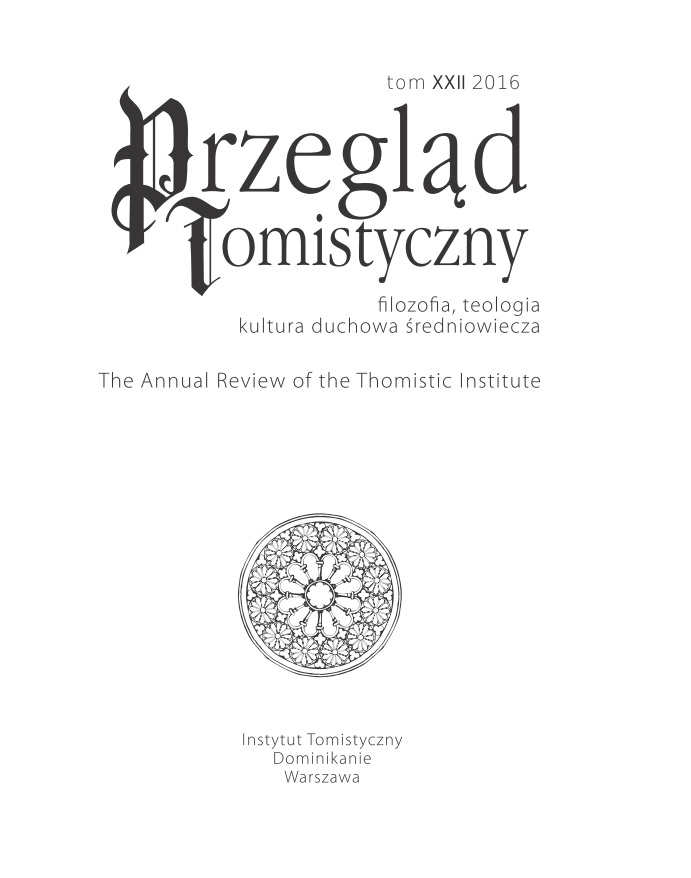Mathematics and the "Secundum Imaginationem" Procedure in Richard Kilvington
Mathematics and the "Secundum Imaginationem" Procedure in Richard Kilvington
Author(s): Elżbieta JungSubject(s): Philosophy of Middle Ages, Philosophy of Science
Published by: Instytut Tomistyczny
Keywords: Richard Kilvington; Medieval Science; secundum imaginationem; methodology; nauka średniowieczna; metodologia
Summary/Abstract: This paper is focused on the methodology of Richard Kilvington, one of the founders of the Oxford Calculators School in the fourteenth century. This methodology is based on mathematics and the secundum imaginationem procedure. Mathematics, used by Kilvington to solve all kind of problems belonging to logic, physics, ethics and theology, is a special trait of Kilvington’s methodology. He is especially interested in describing different types of changes that can occur in the real world and in imaginary ones. Kilvington finds uses for all types of “measuring” of different changes, which was a popular intellectual endeavor in his time. Kilvington uses the secundum imaginationem procedure to prove that mathematics is a proper method in doing philosophy of science. He is certain that mathematical science has practical implications. Kilvington accepts Ockham’s logico-critical approach, which focused on empirical, logical and mathematical evidence in order to ensure a firmer foundation for philosophy.
Journal: Przegląd Tomistyczny
- Issue Year: 2016
- Issue No: XXII
- Page Range: 109-120
- Page Count: 12
- Language: English

